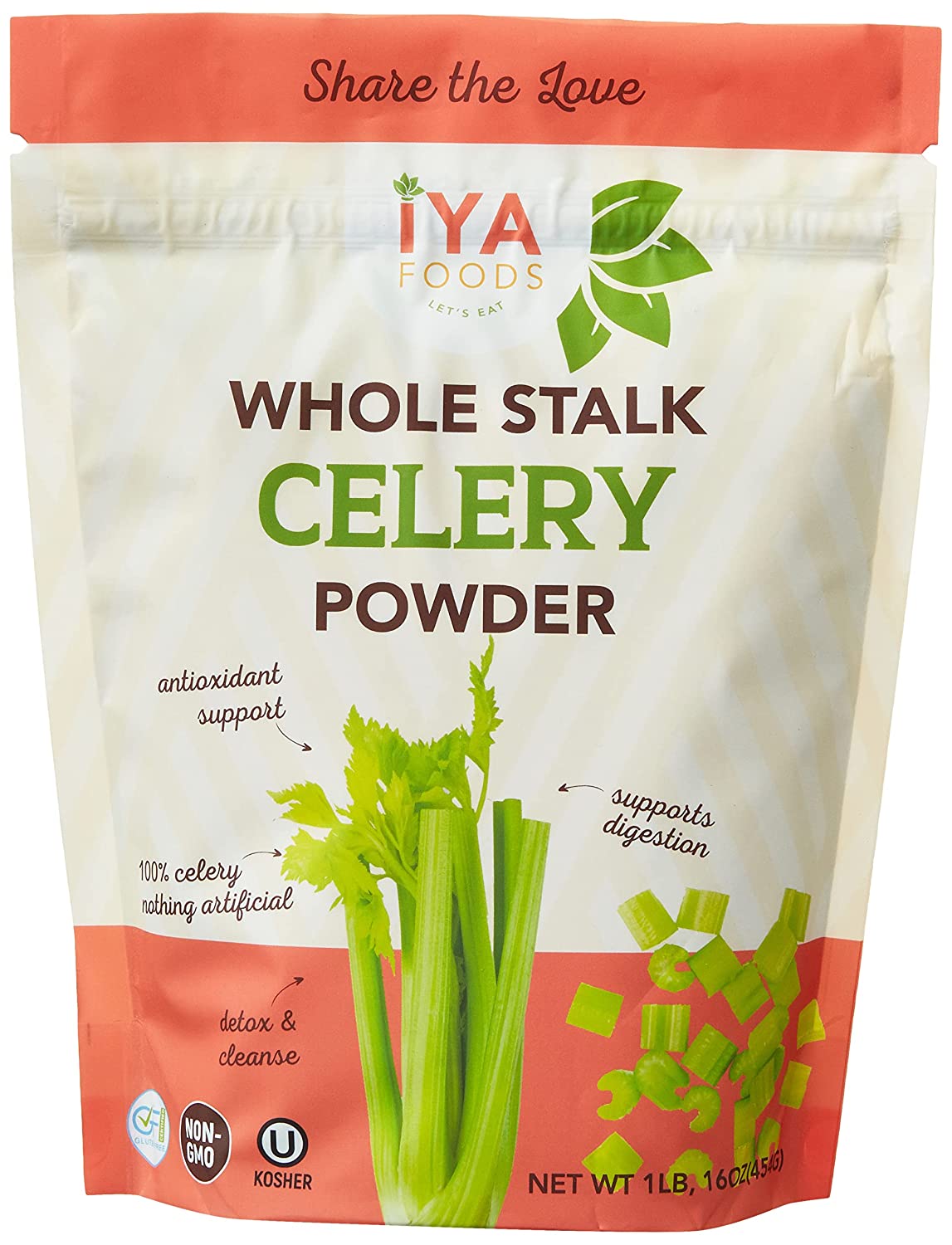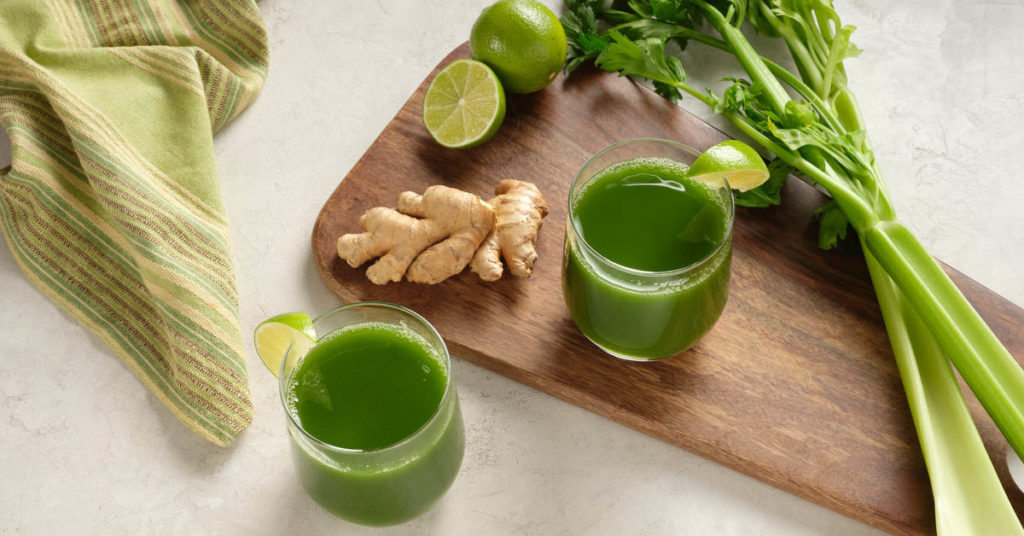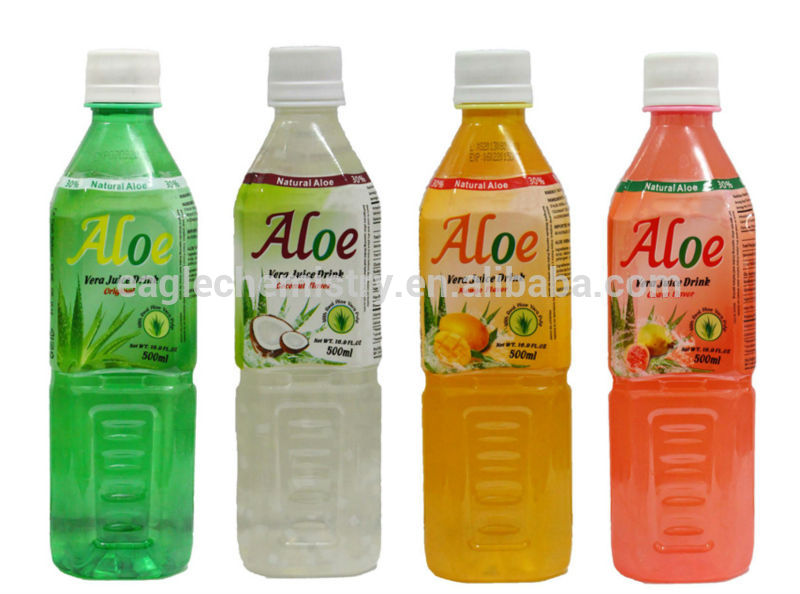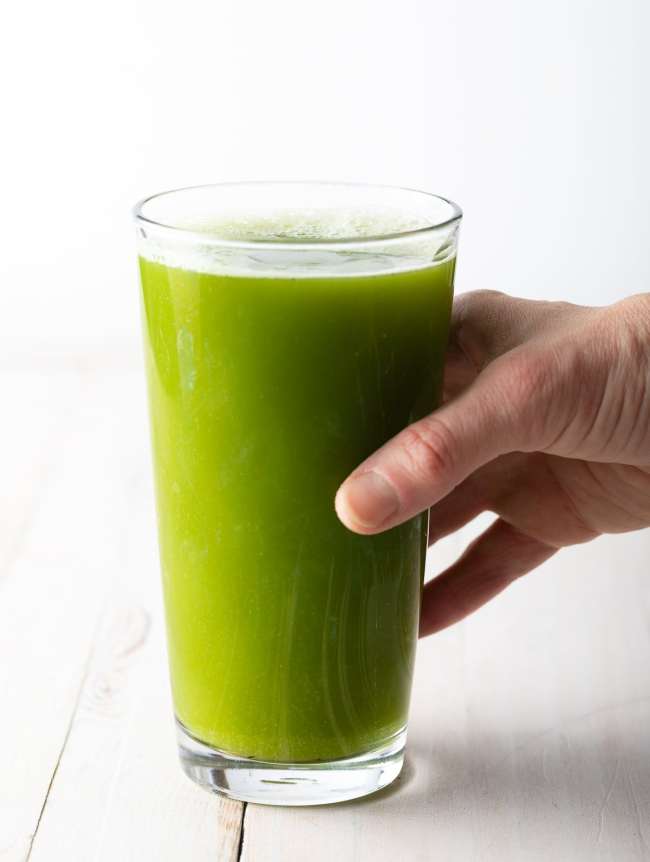Vegan
Is Flour Vegan?

Flour is created by grinding various substances into a fine powder and is essential in many recipes. Sometimes, new types of flour are introduced. While most flours come from plants, there are a few that are made from animal products. For example, specialized flours made from bone marrow and crickets can be found.
White flour
White flour is a common ingredient for baking. It is made from wheat or “cereal grains”, but it is processed to remove the bran and germ. This process strips many of the nutrients from grain. This makes white flour very versatile and less nutritious than its whole wheat cousin. White flour can also be made vegan. However, if you are looking for a healthier option, white flour may not be for you.
Although most flour is vegan-friendly there are still some additives such as L-cysteine. These additives are used in order to increase the rise capabilities of flour, and may not be suitable vegans.
Barley flour
Barley flour is a great substitute for white flour because it is rich in fibre and other nutrients. It makes perfect baked goods and is oil-free and vegan. Barley is also a source of beta-glucan fibre, which may help reduce the risk of heart disease. Barley’s fibre can also help you control your weight. Consuming foods with high fibre levels can also help prevent type 2 diabetes.
There are several different types of flours available, including all-purpose, whole-wheat, and spelt. Spelt flour is a traditional flour that contains very little gluten. Another lesser-known flour is cassava flour, which comes from a root vegetable. Cassava flour can be used as a vegan substitute for nuts, grains, or gluten.
Coconut flour
Coconut flour is vegan and can be used in recipes without compromising on taste. For example, you can make a banana cake with coconut flour as the base. You can then decorate it with simple vanilla frosting and banana slices. You can also top it with toasted coconut if you wish.
Coconut flour is perfect for pancakes. You can add maple syrup or coconut sugar to enhance the flavor. You can also add vanilla extract. Coconut flour is gluten-free so you can still enjoy its health benefits. You can use it in your favorite recipes and create your own versions of classic favorites. These pancakes are delicious and easy to make!
Tapioca flour
Tapioca flour can be used in baking and other cooking applications. It isn’t very nutritious and can be high in calories. It contains only minimal protein and other nutrients, so it is not ideal for a vegan diet. It can lead to weight gain and increase the risk of developing chronic conditions.
Tapioca flour is made of starch from the cassava root, a tropical plant that is native to South America. It is dried to make a fine powder. It can also be compressed to make flakes, pearls, and balls.
Semolina flour
Semolina flour, which is rich in nutrients, is a popular choice for vegan pasta. Made from durum wheat, it is very nutritious and is perfect for making homemade pasta. It has a chewy texture and is easy to prepare. It is also a great choice for making Italian breads.
Semolina flour contains gluten, which is desirable in pasta, as it helps pasta hold its shape while cooking. However, it is not a good choice for those with gluten intolerance, celiac disease, or wheat allergies. It is also high in carbohydrates and is not gluten-free or paleo-friendly.
Most packaged pastas can be made vegan, but there are exceptions. Most pasta is made from semolina flour, which is a wheat flour derived mainly from durum wheat. Durum wheat is a special kind of wheat that is suitable for pasta production. It is high in gluten and has a high level of protein. While some pasta recipes may use other types of flours, these are still vegan.
Oat flour
Oat flour is a great alternative to wheat flour. This natural ingredient is made from stone-ground rolled oats. It contains protein, fiber, potassium, and iron, and is far healthier than wheat flour. Unlike wheat, it is rare for anyone to develop an intolerance to oat flour. This makes it a great choice for people who are gluten intolerant.
Oat flour is gluten-free and can be used as a substitute for wheat flour in baking. It is made from gluten-free certified oats. It is then pulverized into a fine flour consistency. It has a mild, oat-like flavor and can be sifted to remove large pieces. Other flours can alter the texture of baked goods, and will add their own unique flavor.
Oats
Oat flour can be used as a gluten-free, vegan replacement for wheat flour. Oat flour has the same nutritional profile of whole grains with a high level of soluble fiber, protein, and vitamin E. The flour is a whole grain, unlike refined grains, which have the germ and bran removed. It also contains no additives or preservatives.
Oat flour is a wholegrain made from rolled oatmeal. It is naturally gluten-free and a great source for fiber. While it cannot be substituted 1:1 for wheat flour, it does offer a delicious and healthy alternative. This flour is inexpensive and easy to make at your home.
Oat flour pancakes are easy to make and are fluffy and delicious. They can be made in just 30 minutes and are dairy- and gluten-free. You don’t even need a special baking dish or pan to make them. Oat flour pancakes are just as tasty as the traditional kind. They are also healthier than their wheat-based counterparts and don’t contain any complicated ingredients.
Spelt flour
If you are vegan and looking for a replacement for regular flour, try spelt flour. It contains less gluten than conventional flour and creates a light, fluffy crumb. It can also be used in place of whole-wheat flour. You should balance the amount of spelt and all-purpose flour.
Spelt is an ancient variety of wheat that has remained relatively unchanged over the centuries. Its gluten content is low, making it a good choice for those with mild gluten intolerance. There are also many recipes suited for spelt flour, and it is vegan. Let’s take a closer look to the top reasons to use spelt in vegan baking.
Spelt flour has mild, nutty flavors. It is similar to whole wheat flour in taste but doesn’t have the bitter aftertaste. It is also light, so it doesn’t weigh down baked goods as much as whole wheat. Spelt is an excellent whole grain flour because it is rich in vitamins and is easier to digest than wheat.
Sorghum flour
Sorghum flour is a light-coloured, gluten-free wholegrain flour that replaces wheat flour in a wide variety of baked goods. It has a mild vanilla-like flavor with a soft texture. It cannot be used to replace wheat flour. It is often used in combination with other gluten-free flours. Sorghum is an ancient cereal whose roots date back to approximately 5000 years.
Sorghum was originally from Africa, and it was then exported via ancient trade routes to China and the Middle East. It is still a staple food of India and is growing in popularity in the United States. It is grown extensively in the south of the United States as sweet sorghum syrup, flour, and other forms. In baking, sorghum can be added to flour blends by adding as little as 15% to 20% of the total flour mix.
Hi, I’m Jenna. I’m the Editor in Chief of vegan freaks. We’re a website dedicated to promoting veganism and animal rights. We all go vegan for different reasons, but we all believe it’s the best way to live – for our health, the environment, and the animals.
We’re not perfect, but we try our best to live ethically and compassionately. We hope that we can inspire others to do the same by sharing our stories and recipes. Creating vegan food is our way of showing the world that you can have your cake and eat it, too – without harming any animals.
We believe in living compassionately, mindfully, and healthily, and we hope to inspire others to do the same.
Vegan
What Happens If You Drink Cranberry Juice Everyday?


The efficacy of consuming cranberry juice daily for the prevention of kidney stones is still unclear. Thanks to its antioxidants and anti-inflammatory properties, cranberry juice may help in preventing diseases. It can also boost the immune system and lower the chances of urinary tract infections (UTIs), making cranberries a healthy option for those concerned about their health.
cranberry juice can cause kidney stones
It is hotly debated whether cranberry juice can cause kidney stones. It is believed that cranberry juice contains a compound called quinic acid, which is not broken down by the body. Instead, it is excreted in the urine and increases urine acidity. This prevents kidney stones from forming when calcium and phosphate are combined. Studies have shown that cranberry extract can reduce the amount of ionized calcium found in urine by as much as 50% in patients suffering from kidney stones. About 75 percent of kidney stones are calcium salts, according to estimates.
Cranberry juice is rich in antioxidants
Consuming cranberry juice daily is a great way of improving your health and preventing diseases. It is rich in vitamin C, potassium, as well as many other nutrients. Its distinctive taste and vibrant color make it a great addition to your daily diet. It is rich in antioxidants which make it a great way to boost your immune system, and lower the risk of developing various diseases.
UTIs can be prevented by drinking cranberry juice
Drinking cranberry juice every day may help prevent urinary tract infection. Native Americans used cranberries for medicinal purposes. Scientists discovered in the late 1800s that the fruit’s antioxidants, called proanthocyanidins, reduce the pH of urine. This in turn inhibits the growth and spread of bacteria, including E. coli which is the most common cause of UTI. The fruit also contains probiotics, which can counteract the harmful effects of antibiotics.
cranberry juice reduces severity of colds
Drinking cranberry juice daily has been shown to help reduce the severity of colds. This is because it contains phytochemicals that can help boost your immune system. One preliminary study found that people who consumed cranberry juice daily had higher numbers of immune cells that can fight viruses. Vitamin C is also found in this juice, which can help the body recover from colds.
Cranberry juice is rich in soluble fiber
Cranberry juice has many health benefits and can easily be incorporated into your daily diet. It is high in vitamin C and anti-inflammatory properties making it a great drink to have. Drinking cranberry juice can also help prevent the development of certain diseases, such as osteoporosis and arthritis. Plus, it can even improve dental health.
cranberry juice is acidic
Drinking cranberry juice is not a bad idea, but it is best to drink unsweetened, cold-pressed juice instead. The sugars in store-bought cranberry juice are not good for you. It is also low in fiber. Fiber helps prevent heartburn and acid reflux.
cranberry juice is a superfood
Drinking cranberry juice everyday can have a wide range of health benefits. It is rich in antioxidants and phytonutrients that can protect your body against many diseases. It also contains a low amount of sugar. Many doctors consider cranberry jelly a superfood.
cranberry juice is a risk factor for kidney stones
Drinking cranberry juice daily may be a risk factor for kidney stones, as it has oxalates, which bind to calcium and increase the risk of developing kidney stones. In addition, cranberry juice has been shown to decrease urinary citric acid excretion, which may contribute to the formation of kidney stones. Studies have not shown that cranberry juice can cause stone formation. In addition to being acidic, cranberry juice raises urinary pH levels, which can increase the risk for developing calcium oxalate kidney stones.
cranberry juice can interfere with blood sugar levels
Drinking cranberry juice can be a good part of your diabetes diet. However, it is important to know the risks. A glass of juice typically contains 15 grams of carbs. Most of these are from natural sugar. Light, unsweetened Cranberry juice is a good choice to reduce the sugar content. It also has fewer calories. It is essential to monitor your blood sugar levels regularly.
cranberry juice can be harmful if you have an
Some side effects can be caused by daily consumption of cranberry juice. While it is generally safe, excessive consumption can cause gastrointestinal distress and raise blood sugar levels. Research also shows that cranberry juice can help reduce the risk of developing urinary tract infections (UTI). However, it cannot cure an existing UTI. Also, some brands add sugar to the juice, which can cause unpleasant side effects, like an upset stomach and diarrhea.
Hi, I’m Jenna. I’m the Editor in Chief of vegan freaks. We’re a website dedicated to promoting veganism and animal rights. We all go vegan for different reasons, but we all believe it’s the best way to live – for our health, the environment, and the animals.
We’re not perfect, but we try our best to live ethically and compassionately. We hope that we can inspire others to do the same by sharing our stories and recipes. Creating vegan food is our way of showing the world that you can have your cake and eat it, too – without harming any animals.
We believe in living compassionately, mindfully, and healthily, and we hope to inspire others to do the same.
Vegan
What Are Aloe Vera Plant Problems?


Aloe Vera, a type of succulent plant that is widespread globally, is frequently considered invasive in various regions. It typically encounters problems such as sun damage, root rot, powdery mildew, and infestations of Mealybugs.
Root rot
When an aloe plant develops root rot, its foliage may become brown and soft, causing the plant to fall off. The disease can also spread upward and cause the entire leaf to turn brown. It is very difficult to save a plant like this. Root rot can cause a plant to drop and damage its root system, which can lead to other problems. Root rot can cause a plant to become slimy or odourless.
To prevent root rot, it is best to keep the plant in a well-draining container. It is also important to keep the soil moist and free of fungi and bacteria. When watering your aloe plant, you should ensure the soil is well-drained and free of excess water. It is important to check your aloe daily for signs of root rot.
Powdery mildew
Powdery mildew is an infection of plants caused by fungal diseases. New growth is more susceptible to the disease than older plants. In order to prevent it, care should be taken to avoid over-fertilizing the plant. Instead, use a slow-release fertilizer which provides nutrients slowly over time. It is important that the soil is well-drained. Insufficient drainage can encourage the growth of disease-causing organisms. Composting can also help improve the nutrient level and population of beneficial microorganisms in the soil. Aside from proper care, spraying a sulfur fungicide can help prevent the disease from spreading.
It is important to identify symptoms and treat them as soon as you notice them. The most common symptoms include discoloration and rotting leaves and stems. You can also see galls and other fungus growths on the leaves. Leaf rot and rotting may also be seen in Aloe vera. These symptoms can be caused by a variety factors, including poor growing conditions, overwatering, and waterlogged soil.
Mealybugs
Although mealybugs can be annoying, you can treat your Aloe Vera plants with rubbing alcohol. The substance will kill the insects and is a safe choice for indoor use. Rubbing alcohol is 70% Isopropyl Alcohol, which is safe to use around plants and won’t harm them. You can also dilute the substance in water and spray it on the plant directly.
While the most effective method of treatment depends on the type of infestation, using insecticidal soap or neem oil is also effective. Simply spray these solutions onto white patches on the plant. Spray the solution into the crevices and under the leaves. Follow the label’s directions. To prevent spreading of these pests, you should discard infected plants after treatment is completed.
Sunburn
Aloe vera is an excellent natural treatment for sunburn. The light sticky gel contained within the leaves can be applied directly to the affected skin to provide immediate soothing relief. Some experts recommend chilling an aloe leaf before applying it directly to a sunburn to reduce discomfort.
Barbaloin, a compound found in the gel, has analgesic and anti-inflammatory properties. It helps to reduce the pain of burns, accelerate healing, and prevent scarring. Furthermore, the aloe plant’s antioxidant properties make it an excellent choice for soothing sunburn.
Cancer treatment
After his initial tumor was discovered, Tommy Lowery’s family sought treatment at an aloe plant clinic in Virginia. They were told that drinking aloe concentrate would shrink the tumor. They were told by the clinic that it has worked for many patients. They packed up their cars and drove north. They arrived at a clinic brimming with cancer patients.
Aloe plant has many anti-cancer properties. Research has demonstrated its ability to inhibit cancer growth in vitro. It also has anti-inflammatory effects. It may also increase the therapeutic efficacy conventional drugs, according to studies.
Hi, I’m Jenna. I’m the Editor in Chief of vegan freaks. We’re a website dedicated to promoting veganism and animal rights. We all go vegan for different reasons, but we all believe it’s the best way to live – for our health, the environment, and the animals.
We’re not perfect, but we try our best to live ethically and compassionately. We hope that we can inspire others to do the same by sharing our stories and recipes. Creating vegan food is our way of showing the world that you can have your cake and eat it, too – without harming any animals.
We believe in living compassionately, mindfully, and healthily, and we hope to inspire others to do the same.
Vegan
What is Celery Juice Powder?


Celery juice is turned into celery juice powder by dehydrating it until it transforms into a powder form. This powder has a dual functionality: it acts as a natural preservative for meats and also enhances their flavor. Utilizing a food dehydrator is a successful method for the drying process. It should also be noted that it is possible to directly convert celery juice into celery powder.
Celery juice powder is a dried powder made from celery juice
Celery juice powder can be used in many ways. It can be used to season foods, add celery flavor, or cure meats without the addition of sodium nitrate. It is often used in Bloody Mary cocktails as a flavoring. It can also be used in barbecue rubs and pickling.
It reduces oxidation
The oxidation rate of bologna can be reduced using celery juice powder. This ingredient is high in nitrite which is an important antioxidant. Studies on animal species have shown that celery juice powder reduces oxidation in meat. However, the exact mechanism of celery juice is still unknown.
It lowers cholesterol
Celery juice is a great way to lower your cholesterol naturally. You can prepare it yourself by using a blender. Then, strain the juice using a cheesecloth, nut milk bag, or strainer. After the juice has been filtered, place it in the refrigerator. You can also add lemon juice or ginger to it.
It alleviates constipation
Celery juice powder helps to relieve constipation by improving digestion. It is rich in enzymes that help to eliminate waste products. Consuming a glass of celery juice daily can help ease bloating, as well as alleviate chronic constipation.
It prevents dehydration
Celery juice contains a unique combination of healing benefits. Celery juice is more affordable and can be made at home using a high-speed blender. You should only squeeze the juice from fresh celery stalks. The juice could become brittle if it is exposed too much light.
It relieves constipation
Celery juice is rich in digestive enzymes that can help with constipation. Whether you’re constipated because you’re having a bad day or chronically constipated, celery can help.
Hi, I’m Jenna. I’m the Editor in Chief of vegan freaks. We’re a website dedicated to promoting veganism and animal rights. We all go vegan for different reasons, but we all believe it’s the best way to live – for our health, the environment, and the animals.
We’re not perfect, but we try our best to live ethically and compassionately. We hope that we can inspire others to do the same by sharing our stories and recipes. Creating vegan food is our way of showing the world that you can have your cake and eat it, too – without harming any animals.
We believe in living compassionately, mindfully, and healthily, and we hope to inspire others to do the same.
-

 Vegan2 months ago
Vegan2 months agoIf Beets Are Soft Are They Bad?
-

 Vegan2 months ago
Vegan2 months agoWhy Do Raw Beets Irritate My Throat?
-

 Vegan3 months ago
Vegan3 months agoIs Weetabix Healthy? 14 Things You Should Know
-

 Vegan3 months ago
Vegan3 months agoVitamin B12 Vegetarian and Vegan Sources
-

 Vegan3 months ago
Vegan3 months agoJack in the Box Offers Vegetarian and Vegan Options
-

 Vegan3 months ago
Vegan3 months agoHow to Tell If Your Eggplant is Going Bad by Looking at the Color on the Inside
-

 Vegan2 months ago
Vegan2 months agoWhat is Celery Juice Powder?
-

 Vegan2 months ago
Vegan2 months agoCelery Juice Benefits













